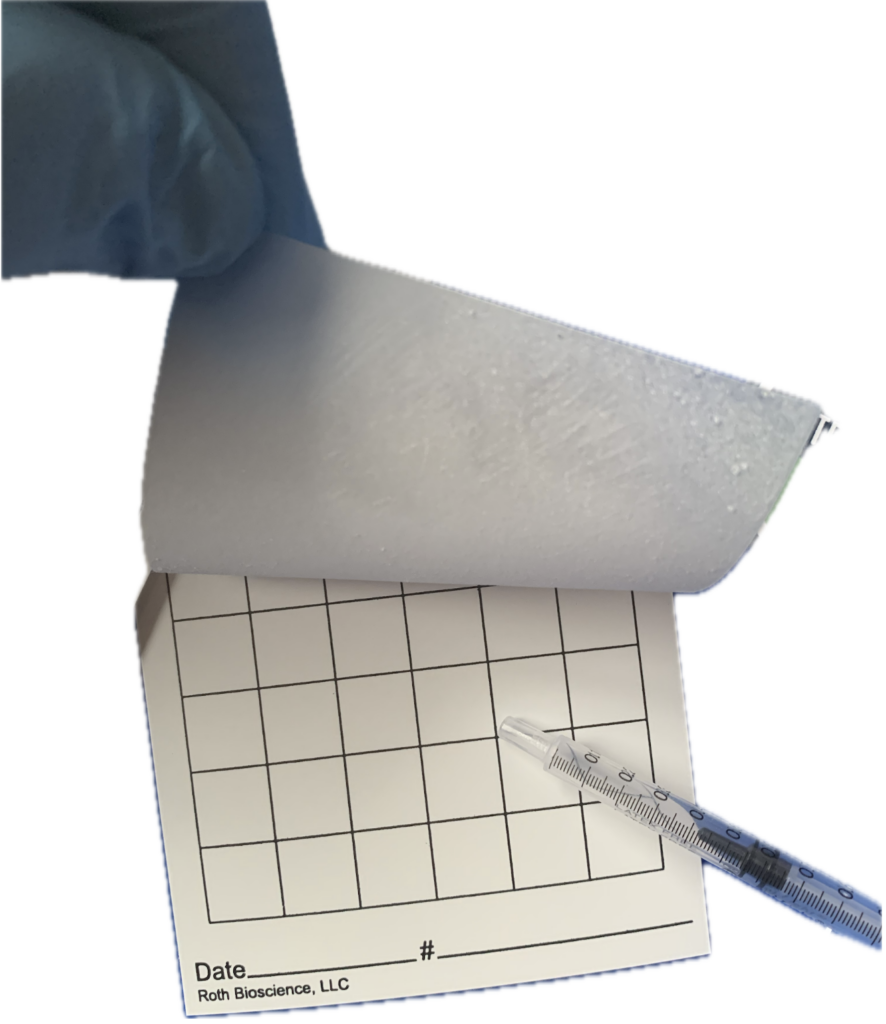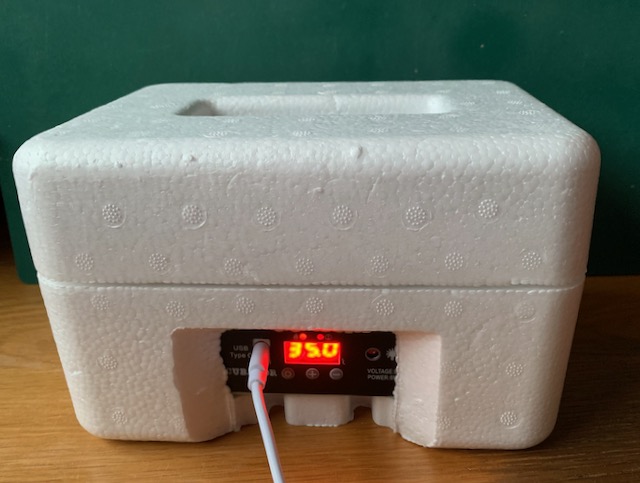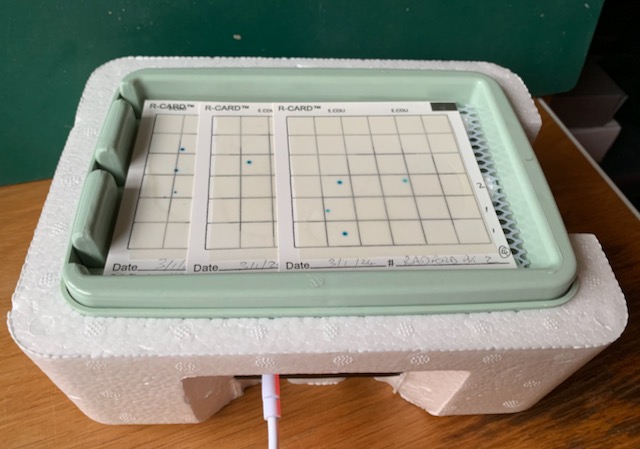E. coli blitz
Welcome! Thank you for participating in the E. coli trial as part of the Great UK Water Blitz. Any feedback? Send to contact@waterrangers.ca.
This part of the project, testing E. coli at scale, is a prototype of CaSTCo (Catchment Systems Thinking Cooperative). Water Rangers in the UK is an active part of this project, and we’re excited to work with Freshwater Watch and the Rivers Trust to bring you this project (The work that’s happening here is also supporting further testing for Water Rangers Canada!).
Guidance on using R-Cards™ for E. coli sampling
Preparing to test
Before testing, ensure you have prepared the kit, identified the testing spot, and established the timing of testing and incubation.
You should have:
- A folder that can act as your sampling tray to allow the cards to be laid out and kept level – important whilst the sample is being applied to the R-Cards.
- Protective gloves.
- Two sampling bags containing three R-Cards and a 1mL syringe – one bag per location and testing event.
- A ‘personal’ incubator to be used at home.
About R-Cards™
The R-CARD™ consists of a “bottom piece” (3½ in. X 4 in. with printing and ½ inch imprinted squares), a clear film “top piece” that contains a powder formulation on the underside, and a text imprint at the top indicating the formulation type (e.g. E. Coli ). The “top piece” is pre-attached to the bottom piece. Based on technology that involves dry components attached to a card, there are a couple of general things that should be kept in mind, which are common to most products of this nature.
- They should be kept dry and out of highly humid environments. If they become wet, they will
become unusable. - It is preferable that the cards not be subjected to high-intensity light or heat.
With these things in mind, it is best to keep R-CARDS in sealed bags. That does not mean that they cannot be exposed to normal conditions for days or weeks where temperatures do not exceed 40 degrees Celsius or where humidity is usually less than 100%.
For best performance, cards should be kept frozen until it’s time to sample.
E. coli sampling with R-Cards
Prepare your kit
- Put on gloves
- Label each card with the date and location information and the number of each card (1-3)
- Fill out your survey for environmental and other parameters
- Lay out the R-Cards in the tray: make sure they are level
Sampling
- Rinse the sample cup 3 times
- Collect the sample 15cm below the surface, or as deep as possible without including sediment.
- Fill the syringe to the 1mL mark (tap out any air bubbles!).
- Gently lift the film and squirt water onto the card.
- Roll the film down onto the sample, allowing the water to spread into a circular pattern between the film and the card. The water should be within the area of the top film but doesn’t need to cover the entire area. DO NOT press the film down… allow it to spread.

- Repeat for each of the three cards for one location using the same sample.
- Allow the R-Cards to seal (1-2 minutes) then place into the bag and seal.
Processing
- Keep the cards out of direct sunlight and keep cool. Use a cool pack if it’s warm weather but DON’T ice.
- Switch on the Incubator and allow it 20 minutes to warm up to 35 °C .
- Cards should be placed in the incubator within 3 hours of collection.
- Incubate the cards for 24 hours before counting the colonies.
- Average the result for the three cards, then multiply by 100 to report Colony Forming Units (CFU) per 100mL.
The Home incubator

As part of the R-Card test kit, you should have a ‘home incubator’, which is a small USB-C powered unit initially designed for home incubation of small eggs. This allows a controlled and consistent incubation temperature, and if you set your incubator at 35 °c. The box is supplied with additional items, such as rollers and water bottles for hydrating the eggs. These are not required for incubating the R-Cards and can be set aside (you may want to incubate eggs at some point).
You should be able to count the results 24 hours after placing the cards in the incubator. Do not count any colonies that may develop after 48 hrs. as the E. coli and coliforms that you are monitoring are very fast growing and will definitely be visible within the first 24 hour time period.
The incubator is encased in styrofoam, which helps retain heat and minimise energy costs, so we recommend that you keep that in place.
The incubator should be cleaned before each use with a weak bleach or antibacterial solution.
Set the incubator temperature to 35 °c and allow it to warm up to that temperature before putting in the R-Cards.
The cards should be placed with the printed side up and can be stacked on top of each other.

Recording results
- Count the blue dots on each card
- Use the grid as an aid to help you count (we like to count per row, especially when there’s a lot.
- Calculate the total for all three cards and then divide by 3. Then multiply by 100 for your results in CFU/100mL
- For example, if #1 has 17 dots, #2 has 12 dots, and #3 has 13 dots, 17+12+13=42
- 42/3 = 14
- 14 x 100 = 1,400 CFU/100mL
Bathing water should be well under 1,000 CFU/100mL in England. In other countries, they adhere to different standards. For example, in Canada, readings should be below 200 CFU/100mL.
Once you have your results, follow the instructions from Freshwater Watch to record your results online.
Disposal
Because of the small volume of the gel, our experts suggested disposal should consist of spraying a bleach mixture into each bag and then disposing in the trash. You may wish to sanitize the syringes and reuse them. Instructions for this are coming soon! For now, each syringe should be disposed of in the recycling or the rubbish, depending on your region’s allowance for plastic goods.

